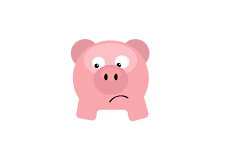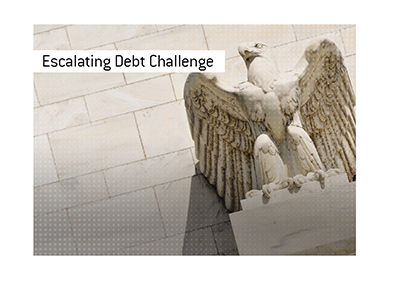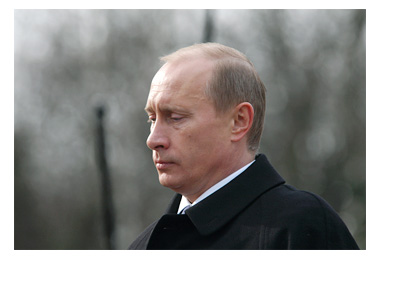Savings Rates In The United States Have Collapsed Since Mid '80s
 The US Department of Commerce: Bureau of Economic Analysis has data on the personal savings rate of the average American from January 1st, 1959 until present day.
The US Department of Commerce: Bureau of Economic Analysis has data on the personal savings rate of the average American from January 1st, 1959 until present day. Before we get into this article, let's define a few terms:
Disposable Income = Personal Income less Personal Current Taxes
Personal Saving = Disposable Personal Income - Personal Outlays
Personal Saving Rate = (Personal Saving / Disposable Personal Income) * 100
Note: Personal outlays will include such things as food, housing, transportation, in addition to interest payments on non-mortgage debt and transfer payments to government or social services
Now that we have gotten the definitions out of the way, let's look at the historical trend of personal savings rates in the United States.
In the first month that the BEA (Bureau of Economic Analysis) provided us with data (January 1959), the personal savings rate in the United States was 8.3%. So, this means that, on average, Americans were able to save 8.3% of their disposable incomes.
For the next decade or so, the personal savings rate remained more or less the same, in the 7.5% - 8.5% range.
In the early 70s, the average savings rate started to spike, hitting a peak of 14.6% in May of 1975. The spike in personal savings rates from 1973 to 1975 coincided with the deep recession that was ravaging the country over the same period of time. As you will see, recessions (usually) result in increased personal savings rates as people tend to dramatically scale back on their purchases in times of economic distress.
After spiking in the mid '70's, the savings rate started to fall once the country pushed through the recession. By the late '70s, the rate had fallen to 7.9% before starting to trend higher once again. Why? You guessed it - another recession.
The recession of the early '80s was a particularly nasty mix of high inflation and weak economic activity, otherwise known as "stagflation". The average savings rate spiked to 12.2% in November of 1981, which was right when the national unemployment rate in the country really started to trend higher. The average savings rate pulled back when the economy started to recover, spiked over 10% once again in 1984, and then really started to noticeably pull back in the mid '80s. Consumer confidence was rapidly improving in the country, Ronald Reagan swept to victory on the back of a strengthening economy, and people were starting to spend their money once again. It was "morning in America".
There was another recession in the early '90s, but no noticeable increase in the average savings rate. As a matter of fact, the savings rate of the average American held steady during the recession of the early '90s, and then proceeded to fall like a stone throughout the rest of the decade.
By January 2000, the average savings rate was 3.5% - it would end up falling below 1.0% multiple times between 2000 and 2010.
When the economy nearly collapsed in 2008, the savings rate started to trend higher, moving from 1.3% in January of 2008 to 4.2% in December of 2009.
Why the dramatic drop in the average rate of savings between 1990 and 2008?
The mindset of the average US consumer changed. There was greater access to credit and increasingly sophisticated marketing campaigns that had people cracking open their wallets or purses in droves.
Due to the surge of available credit, many people actually maintained negative savings rates. I'm sure that we all have known somebody who has spent more than what they made - this was all made possible through the explosion of available credit.
This access to credit made people want to spend, and marketers exploited this to the nth degree. People were flush with cash (and credit) in the post 9-11 economy. Interest rates were low, the real estate market was strong and many people were in a mood to spend. And spend they did.
TV shows and commercials and Internet advertising campaigns were bombarding us 24/7 with images that appealed to our materialism. We took the bait and spent money like we had never spent it before, completely abandoning the thrifty mindset of the prior generation.
People ended up overextended due to way too much easy credit being dished out, and the economy fell flat on its face in 2008.
The average savings rate, which had plummeted to basically zero, now started to rebound as people stressed about their financial futures.
It's pretty simple - when people are feeling good about their circumstances, they spend more. When people are worried about their futures, they save more.
Access to credit has been significantly pared back in the United States since the beginning of the recession in December of 2007. If the national unemployment numbers continue to stay high over the next year or two (and there is no reason to think that they won't), then it will be interesting to see how the average personal savings rate will respond.
Source: St Louis Fed - Personal Saving Rate
Filed under: The Economic Meltdown



